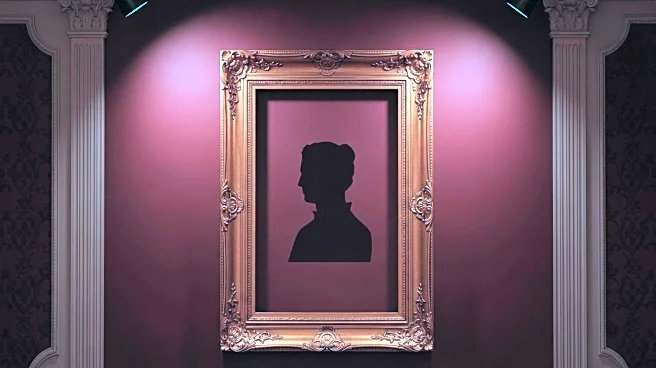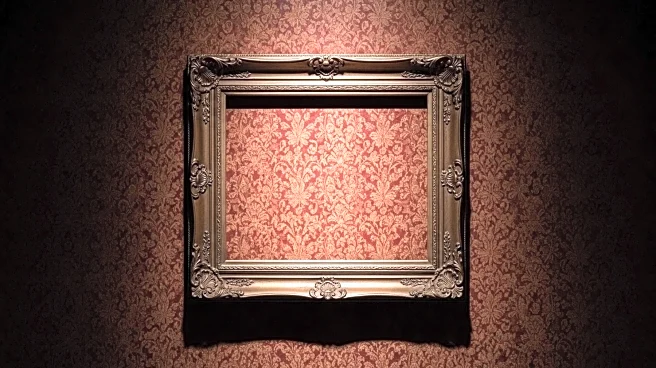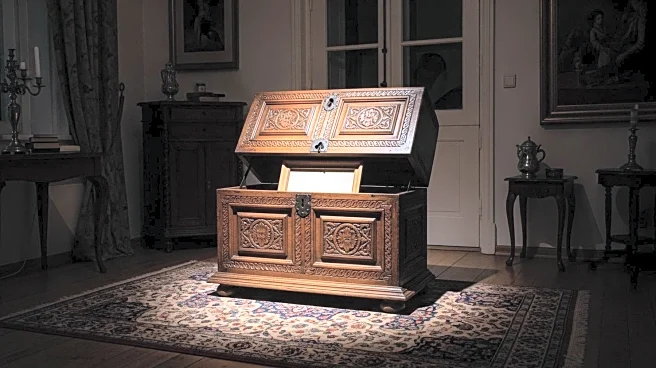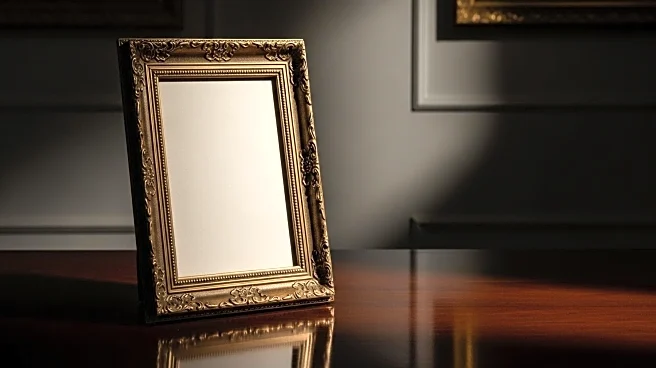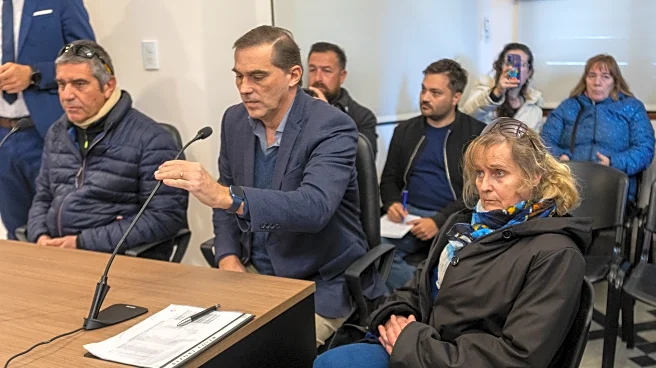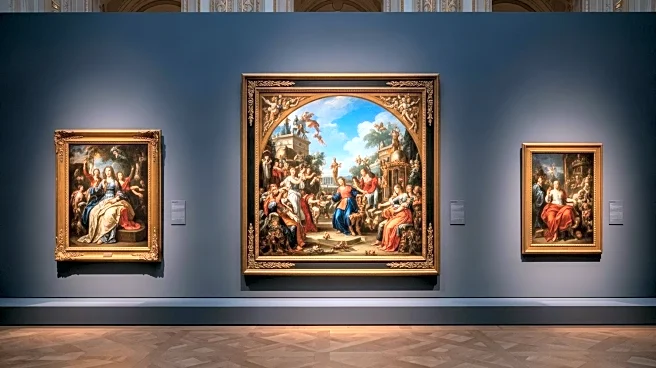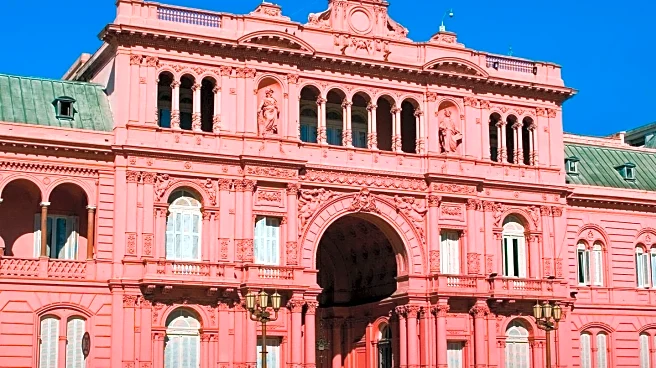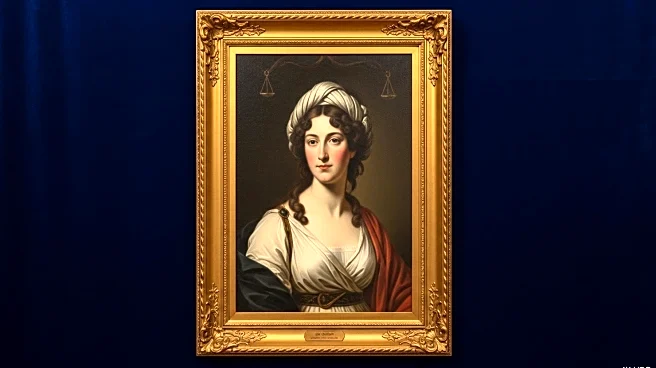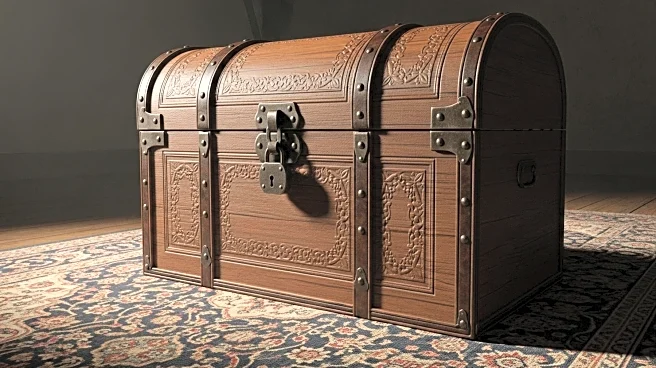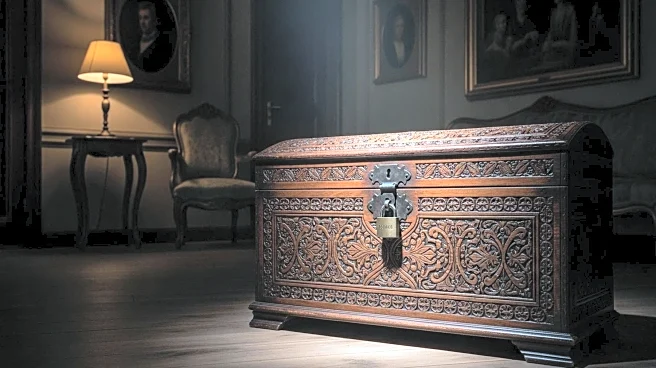What's Happening?
An 18th-century painting, 'Portrait of a Lady' by Vittore Ghislandi, believed to have been forcibly sold to Nazis during World War II, has been recovered in Argentina. The painting was handed over to police by Patricia Kadgien and her husband, Juan Carlos Cortegoso, after being discovered in a real estate listing. The couple is under house arrest as authorities investigate their possession of the artwork, which is linked to Dutch art dealer Jacques Goudstikker, who was forced to sell his collection during the Nazi invasion. The painting's recovery is part of a broader effort to reclaim art stolen or sold under duress during the war.
Why It's Important?
The recovery of 'Portrait of a Lady' is significant in the ongoing efforts to return art stolen during the Nazi era to rightful owners. It highlights the challenges faced by families and authorities in tracing and reclaiming lost cultural heritage. The painting's return to authorities marks a step forward in addressing historical injustices and restoring stolen art to descendants of original owners. This case also underscores the importance of international cooperation in art restitution and the role of investigative journalism in uncovering hidden artworks.
What's Next?
A court hearing is scheduled to determine the legal consequences for Patricia Kadgien and Juan Carlos Cortegoso regarding their possession of the painting. Authorities will continue to investigate other artworks found during raids on the couple's properties to ascertain their origins and potential links to wartime thefts. The rightful heir, Marei von Saher, will likely pursue legal avenues to reclaim the painting, adding to her efforts to recover her family's extensive art collection. The case may prompt further scrutiny of art collections worldwide, encouraging more proactive measures in identifying and returning stolen artworks.
Beyond the Headlines
The recovery of the painting sheds light on the broader issue of art restitution, a complex legal and ethical challenge involving artworks displaced during conflicts. It raises questions about the responsibilities of current holders of such art and the mechanisms in place to facilitate restitution. The case also highlights the enduring impact of World War II on cultural heritage and the ongoing efforts to address historical wrongs. As more artworks are identified and returned, it may influence policies and practices in museums and private collections globally.
